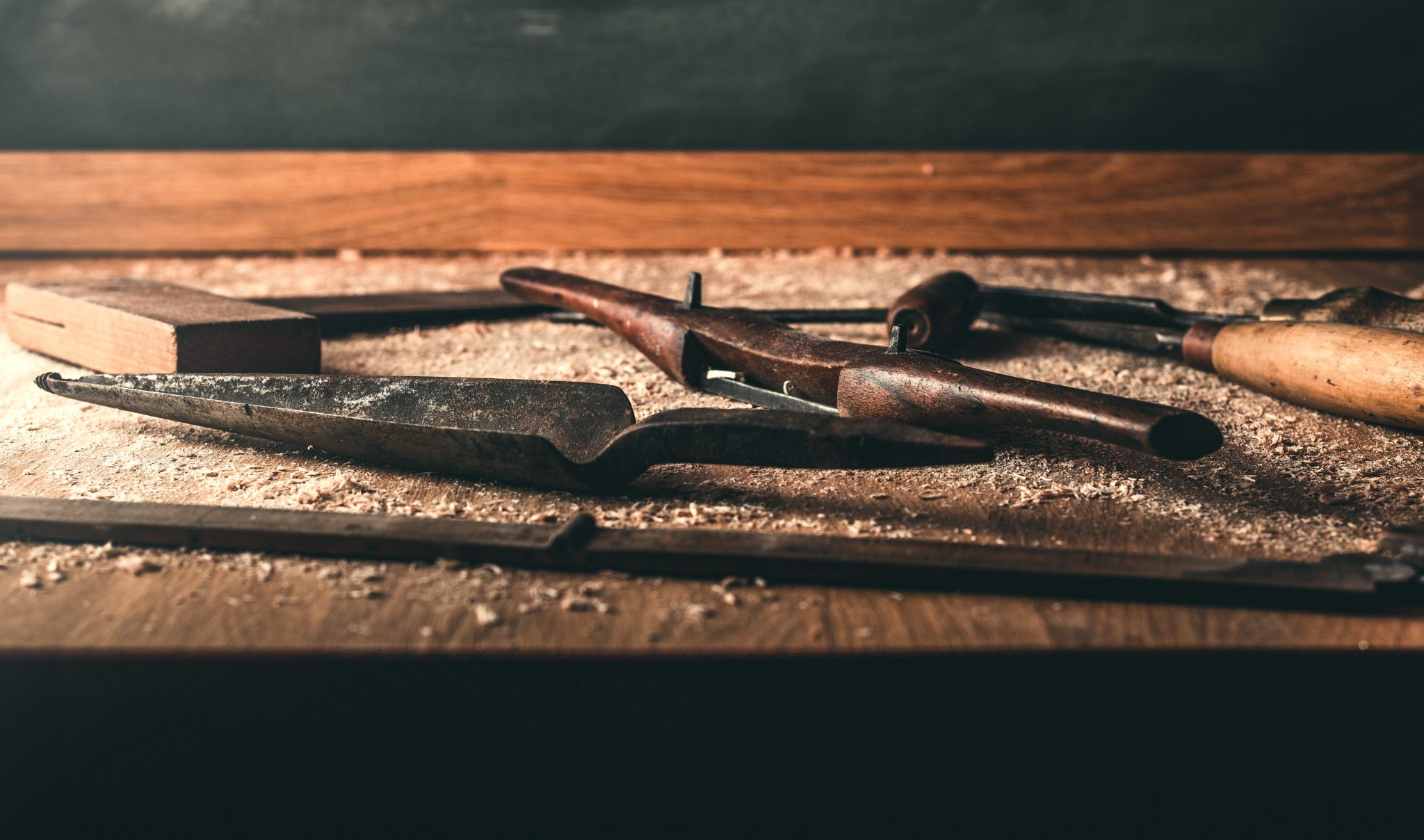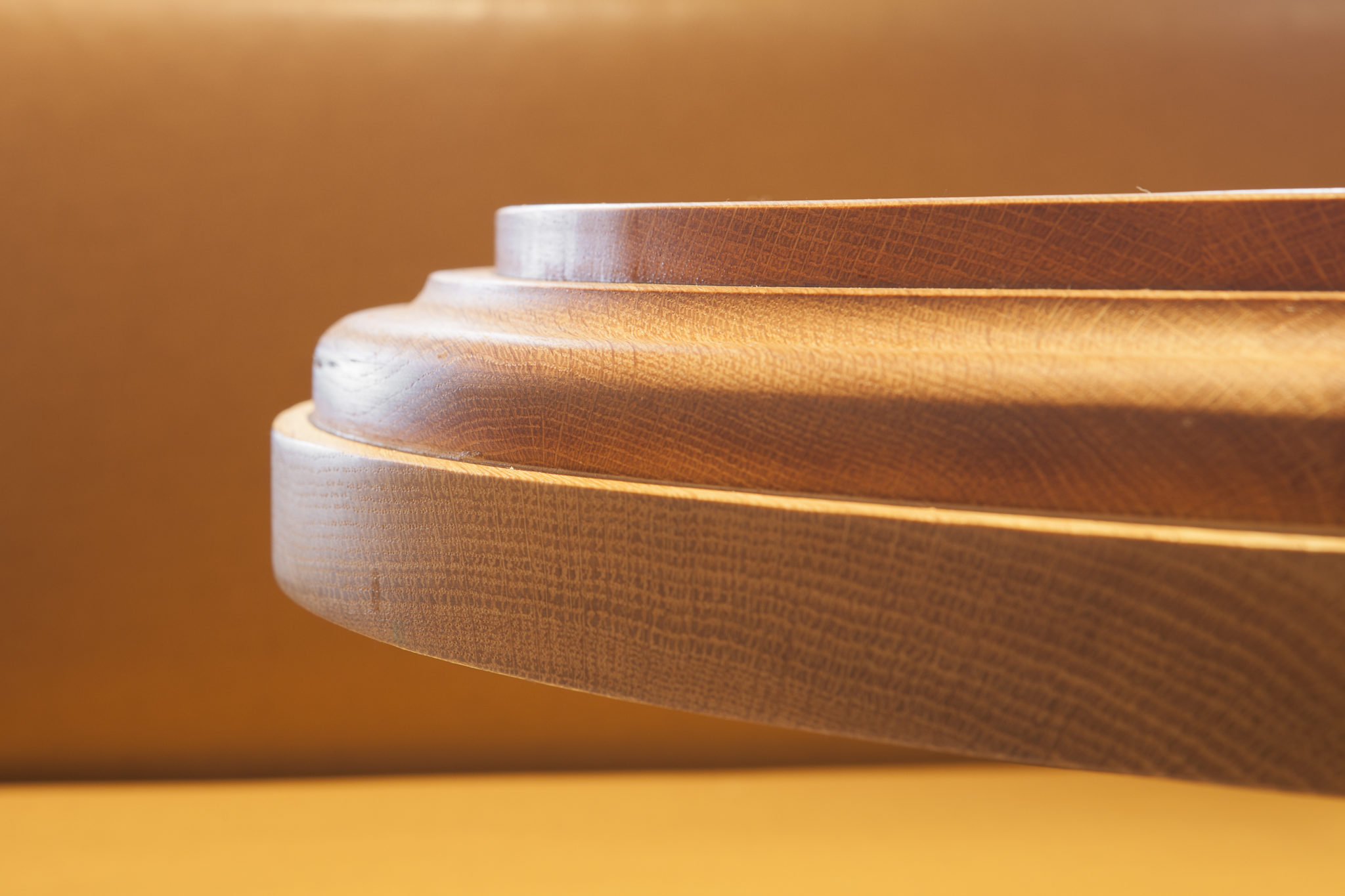Getting into woodworking projects can be daunting to think about if you’re new to the trade. Don’t let that stop you though! We had a chat with Logan in the Pacific workshop and we’ve got you covered with the four essential tools you will need to get started in woodworking.
Logan is no newbie to working with wood. Growing up around it from a young age, the first project he recalls tackling was carving faces into wooden blocks at only 8 years old. He has been a cabinet maker now for four years and recently joined the Pacific team to help produce the millwork we need for our commercial projects. He is also in the process of completing his joinery apprenticeship at BCIT.

Number One: Tools for Flattening + Shaping Wood
Wood, in it’s natural form, is not flat. You need to be able to dimension (ie: flatten and shape) it when working with it to create your finished piece. A small, hand-held way to do this would be with a hand plane. Affordable and easy to use, these tools are quiet and will allow you to flatten your piece of wood.
If you have a bit more space and budget then you might want to look into a jointer and planer. The jointer will flatten on one surface and the planer will parallel that surface on the other side. These tools will ultimately be faster and result in smooth, flat surfaces every time with the right use.
Number Two: Tools for Cutting Wood
At some point in your project you’ll likely have to cut your wood. Ripping wood is when you cut with the grain, and cross-cutting is going across the grain. You can definitely accomplish both using a simple hand-saw to start out. As you advance, in order to save time you may want to invest in a table saw to streamline the process and keep things straight and in-line.

Number Three: Chisels
According to Logan, a great set of chisels can be multi-purpose for any joinery and carpentry project and are tools that you’ll have for life. Here are some ways that you can use chisels that you may not have even thought about:
> cutting joinery (ie: fancy joints to hold wood together – dovetails, mortise and tenon, box joints).
> shaping curved edges and corners.
> carving details or shapes.
> scoring (marking) wood before cutting. By severing the fibres with a sharp blade before using a saw, you make for a cleaner cut.
Number Four: A Work Surface
Whether or not you consider this to be a tool, a work surface to work on is essential to do great work in Logan’s opinion. Whether it be the coffee table in your living room or a simple surface that you build, setting yourself up with the right workspace is a great start to a successful finished project.

Here’s a little learning tip from Logan too: Starting out with the basic hand tools (ie: hand planer, hand saw, and chisels) will keep your woodworking project apartment friendly, which is great for anyone starting out. All of these tools are noise-free and pretty much dust free too. So you can keep your apartment clean and your neighbours happy!